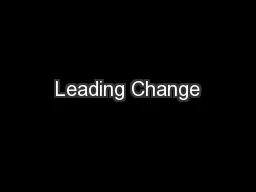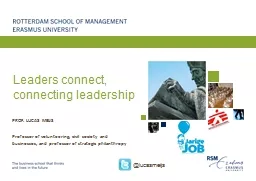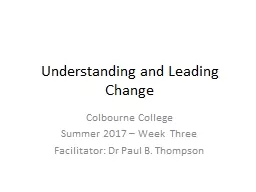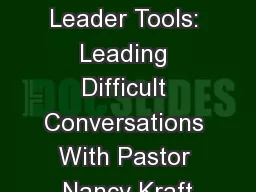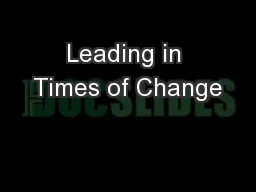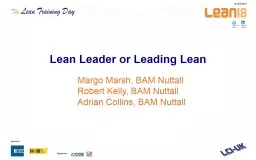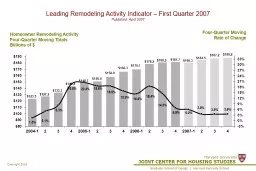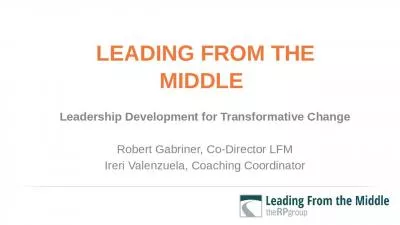PPT-Leading Change
Author : kittie-lecroy | Published Date : 2016-06-11
Lilongwe May 2012 Dr Alan Davies MB MRCP MD Medical Director EMEA GE Healthcare alangdaviesgecom Outline of next 45 minutes Thinking beyond the solution to
Presentation Embed Code
Download Presentation
Download Presentation The PPT/PDF document "Leading Change" is the property of its rightful owner. Permission is granted to download and print the materials on this website for personal, non-commercial use only, and to display it on your personal computer provided you do not modify the materials and that you retain all copyright notices contained in the materials. By downloading content from our website, you accept the terms of this agreement.
Leading Change: Transcript
Download Rules Of Document
"Leading Change"The content belongs to its owner. You may download and print it for personal use, without modification, and keep all copyright notices. By downloading, you agree to these terms.
Related Documents

